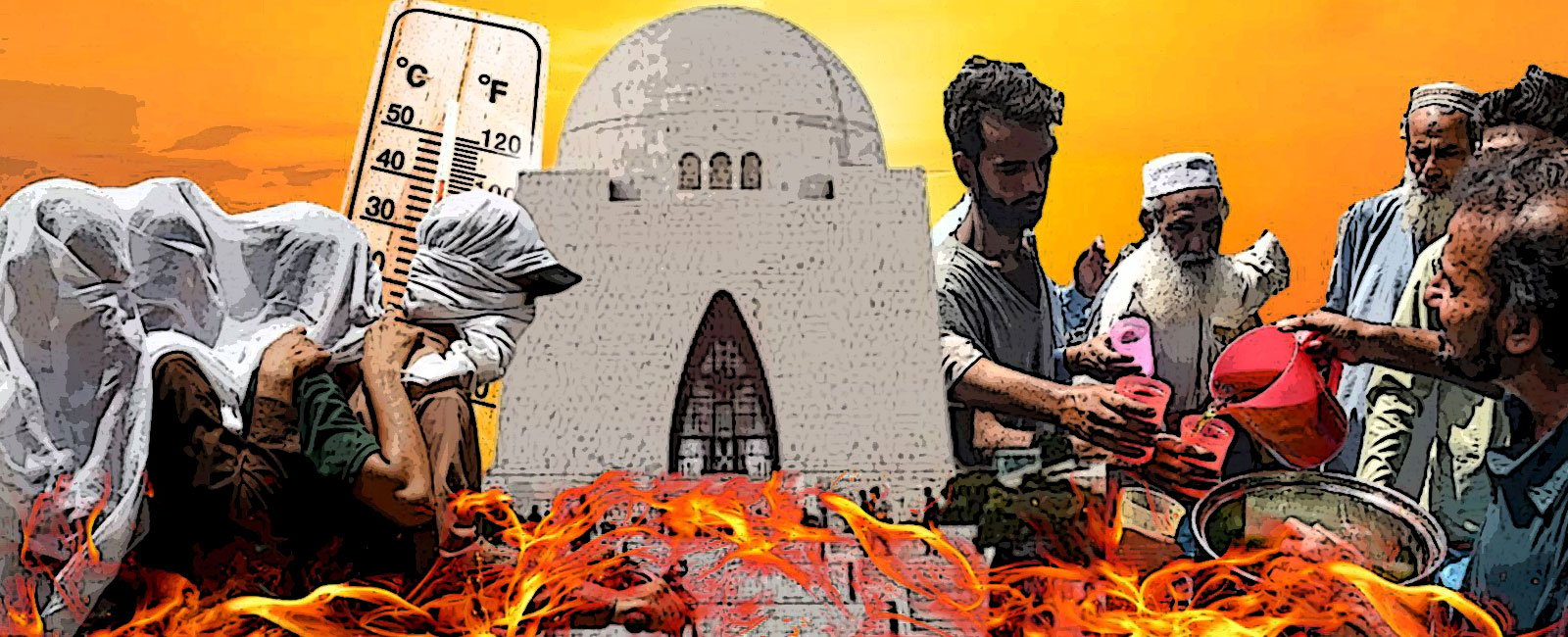Heat Inequality: A big challenge for Karachi
Rolling power blackouts coupled with extreme summer heat are taking a toll on residents of Karachi with house-bound women being worst victims

In the sweltering heat of the coastal city of Karachi, the house of Sabiha Begum, 48, a resident of Ghareebabad, becomes an active blast furnace with tonnes and tonnes of coal burning inside, making it impossible to even set foot inside.
"It's like opening an oven door and feeling that burst of heat," she describes. Struggling to find ways to cool her home during the scorching summer months, she faces constant challenges.
The looming arrival of summer fills her with dread; the oppressive heat leaves her head heavy and limbs leaden. "You're pushing yourself to manage," she says, highlighting the often-hidden toll of extreme heat on health and finances, suffered silently behind closed doors.
While the discussion of heatwaves often garners attention during extreme events, the broader issue of heat management demands ongoing scrutiny and action. Beyond transient phenomena, the persistent rise in temperatures and the emergence of chronic heat pose significant challenges, especially as Pakistan experiences longer and more intense summer seasons.
In coastal areas like Karachi, the combination of high temperature and humidity, known as the Heat Index or feel temperature, exacerbates the discomfort. However, existing indices fail to fully capture the complexity of heat stress, neglecting factors such as wind speed, sun angle, and cloud cover.
Advancing heat stress assessment
The development of the Wet Bulb Globe Temperature (WBGT) marks a significant advancement in monitoring moist heat. This comprehensive tool, resembling the human body's cooling mechanism by wrapping a thermometer in a water-soaked cloth, accurately gauges thermal stress in humid conditions.

Crucial for assessing heat stress in various settings under direct sunlight, the WBGT integrates multiple atmospheric variables — air temperature, humidity, wind speed, sun angle, and cloud cover.
By factoring in relative humidity, solar radiation, and radiant heat, the WBGT provides a nuanced understanding of thermal conditions. Its versatility in both shaded and sunlit environments enhances the precision of heat stress assessments, facilitating the development of effective management strategies for outdoor and industrial contexts.
Addressing indoor heat inequities in a warming climate
The IPCC Sixth Assessment Report (AR6) underscores a growing concern — the heightened risk of indoor heat exposure exacerbated by climate change. Vulnerable populations, including women, the elderly, and children, face disproportionate threats from rising temperatures, particularly in regions with unreliable electricity and limited access to clean drinking water.
This heightened vulnerability underscores the urgent need for targeted interventions to protect the most at-risk communities from the adverse impacts of indoor heat.
Recent research underscores the heightened vulnerability of older adults to extreme heat, often confining them indoors where temperatures can surpass outdoor levels.
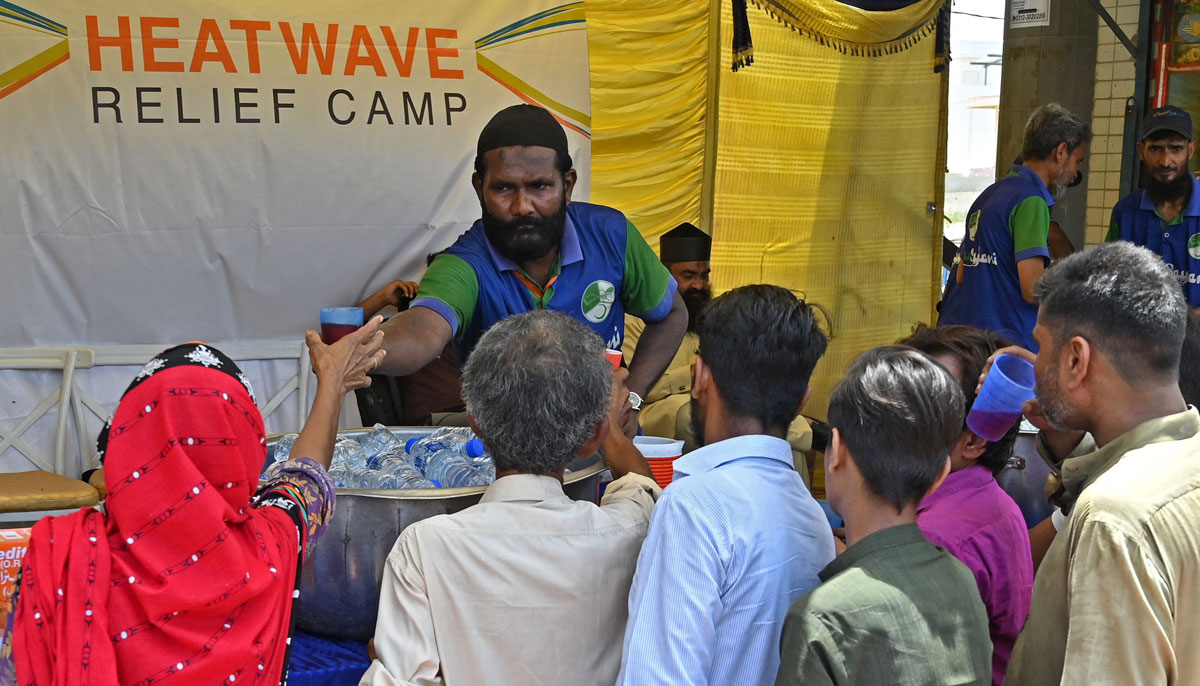
Startlingly, in cities like Karachi, indoor temperatures can even exceed those felt outdoors during the scorching summers, placing an overwhelming burden on elderly residents. Discussions with individuals in densely populated Karachi neighbourhoods shed light on the insufficient refuge from extreme heat within homes.
Despite emergency warnings urging people to stay indoors, many homes become dangerously hot, particularly for low-income residents lacking cooling equipment. These disparities in thermal comfort are intricately linked to socio-economic inequalities.
In such overheated homes, discomfort may drive people outdoors, highlighting concerns about the pervasive impact of 'chronic heat.'
Thus, addressing this pressing issue requires a broader perspective that extends beyond the narrow focus on heatwaves.
Vulnerable communities struggle amidst prolonged power outages
While official responses to climate extremes often advise seeking refuge indoors. However, this strategy can be flawed when homes become unbearably hot, resembling ovens. The efficacy of these 'last resort' shelters heavily relies on the availability of reliable electricity and water supplies, which are prone to disruption during heatwaves.
In Karachi, residents endure prolonged power outages lasting between 10 to 16 hours daily, affecting areas like Shah Faisal Colony, Lyari, Bhit and Baba Island, and numerous others. These outages disproportionately impact low-income communities, including daily wage earners, who struggle to manage their daily lives without consistent electricity.
Particularly concerning are the health implications for vulnerable populations such as the elderly, children, and pregnant women. With limited financial resources, many residents cannot afford alternative solutions.
This situation underscores the state's responsibility to provide reliable utilities and safeguard the well-being of its citizens, especially those most vulnerable to prolonged power disruptions.
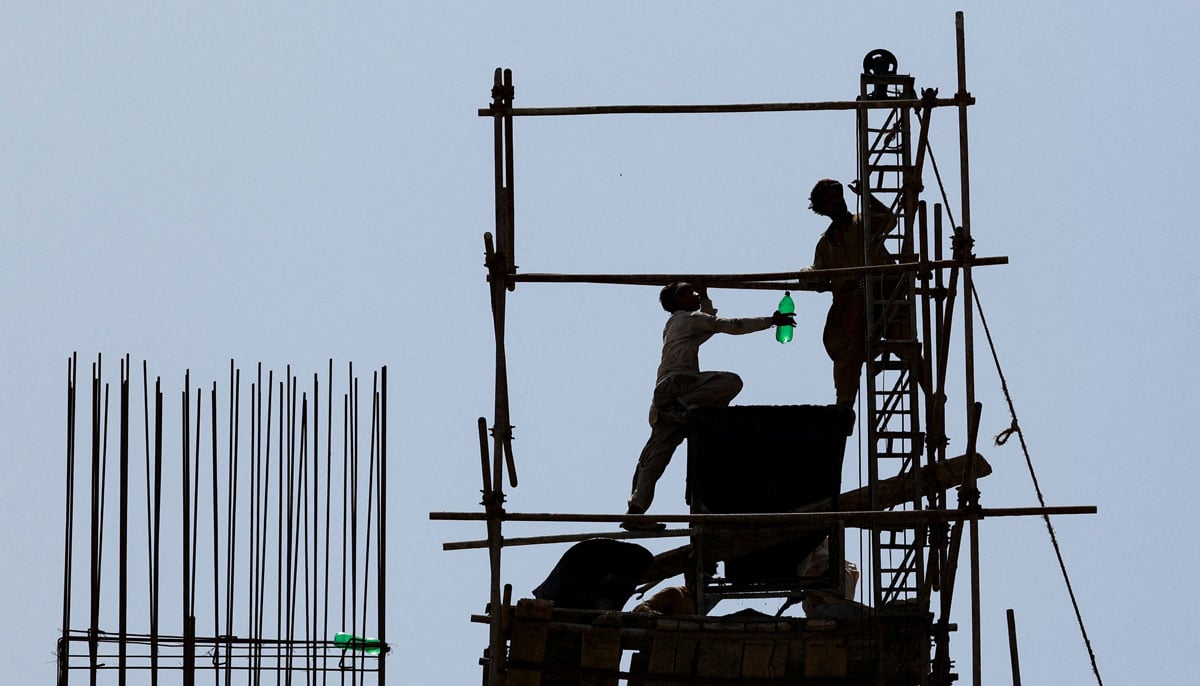
In addition to the human toll, heatwaves and chronic heat exert various indirect and non-human impacts. Beyond health concerns and fatalities, they disrupt the daily lives of individuals, particularly those in lower income groups. Daily wage labourers and street vendors grapple with heightened risks and diminished productivity in scorching conditions.
Moreover, infrastructure and materials play a crucial role in thermal experiences; for instance, informal housing units in Karachi with iron roofs become heat traps during heatwaves, further exacerbating the challenges faced by residents. In the informal settlement of Shanti Nagar, 46-year-old Azhar grapples with the relentless afternoon heat.
"My house has an iron roof that gets so hot it feels like the sun has come down into our home," he explains. The intense heat during those three to four hours is nearly unbearable, and without electricity, there is no relief. As the temperature soars, his children pray for the scorching hours to pass, highlighting the severe impact of Karachi's heat on its most vulnerable residents.
Gendered heat vulnerability in Karachi
In the Kausar Niazi Colony, the gendered impact of heatwaves becomes starkly apparent. Nazia Saba, A 21-year-old resident shares her plight.
"No matter how hot it is, we girls must stay indoors. We can't sit outside because the environment isn't safe [for girls]."
With no paved roof to escape to and no electricity in the afternoon, finding relief from the oppressive heat is nearly impossible. Her story underscores the unique challenges women face, trapped indoors without respite from the sweltering conditions.
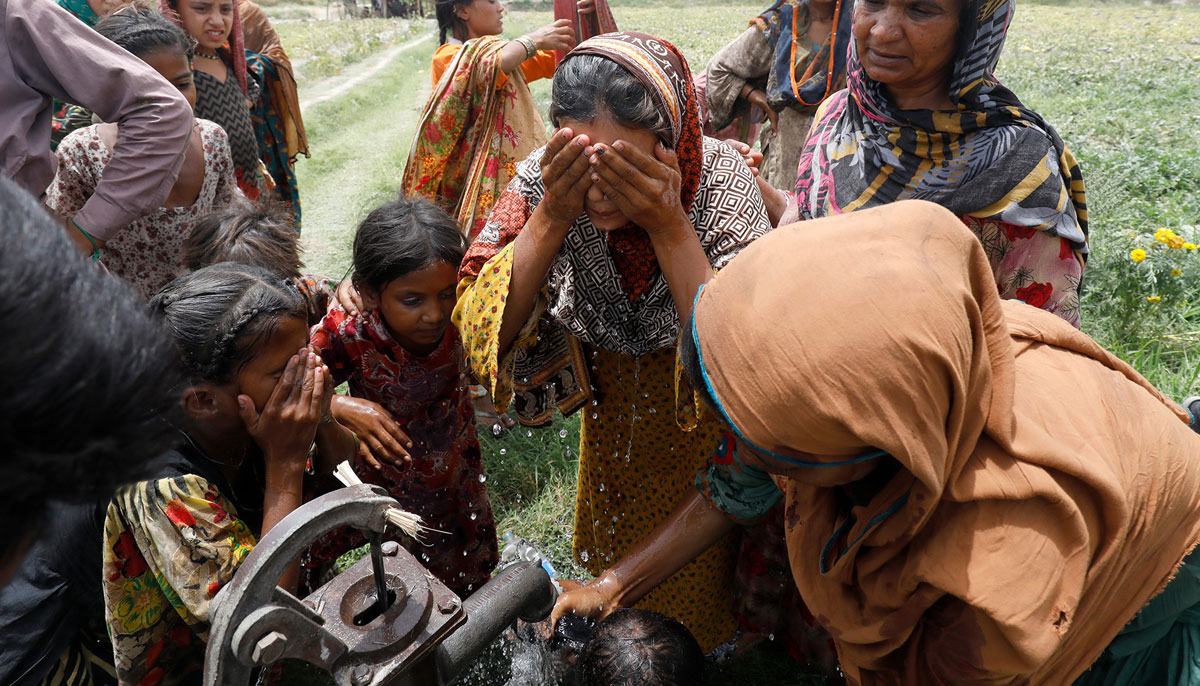
In Karachi's informal settlements, women face a stark reality shaped by social norms and patterns that confine them indoors, particularly younger females. While male counterparts often have various outdoor options, such as gathering at dhabas or street corners — things women are not allowed to do.
Restricted access to rooftops, typically made of iron or TR-girders, further exacerbates their vulnerability to extreme heat. Cramped living conditions trap many women indoors, heightening health risks. For pregnant women, the stakes are much higher, as extreme heat doubles the risk of stillbirth and miscarriage, with fetal death tragically occurring in many cases.
Urgent need for effective heatwave management
Experts stress the vital importance of cooling measures, particularly for vulnerable groups like the elderly and those with health conditions, amid Karachi's scorching temperatures.
The Karachi Heatwave Management Plan 2017 underscores the necessity of coordination between the the Meteorological Department (PMD) and K-Electric.
Despite a Memorandum of Understanding (MoU) between these entities, which mandates K-Electric to minimise load shedding during forecasted high temperatures, residents endure indoor temperatures as high as 47°C alongside power outages lasting 10 to 14 hours in May 2024. This situation exposes glaring governance failures and prompts urgent questions about climate justice.
Responding to a query regarding the implementation of the MoU amid the ongoing heatwave in the city, a KE spokesperson said: "We're monitoring the situation closely and are in contact with all relevant authorities in light of the heatwave alert that has been issued."
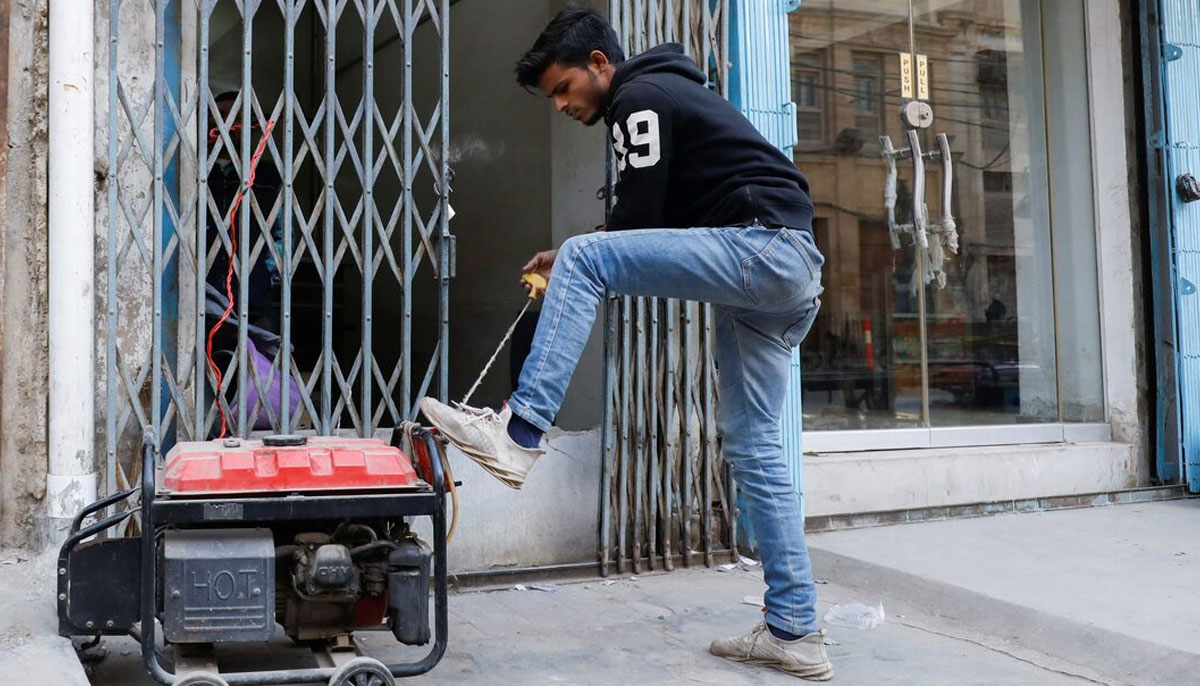
The company's official added that KE has also shared a proposal with appropriate steps to be taken to manage power demand if temperatures climb and remain high.
"Our field teams remain available around the clock to address local faults and individual complaints," the spokesperson maintained.
In context to actions to be taken during the hot season, mentioned in Karachi Heatwave Management Plan 2017, Dr Sardar Sarfaraz, the chief meteorologist at the Pakistan Meteorological Department, offered a candid perspective.
"From 2019 to 2024, there have been no discussions with K-Electric or the Deputy Commissioner's office to implement measures to reduce or halt load shedding during extremely hot days," Dr Sarfaraz remarked, highlighting a significant gap in proactive measures during critical weather conditions.
Community-centric solutions for Karachi's extreme heat
Data analysis from multiple weather stations across Karachi on May 22, 2024, unveils alarming instances of indoor temperatures soaring as high as 47°C. With ambient temperatures at 33.8°C and humidity at 71%, certain residences experienced oppressive heat levels.
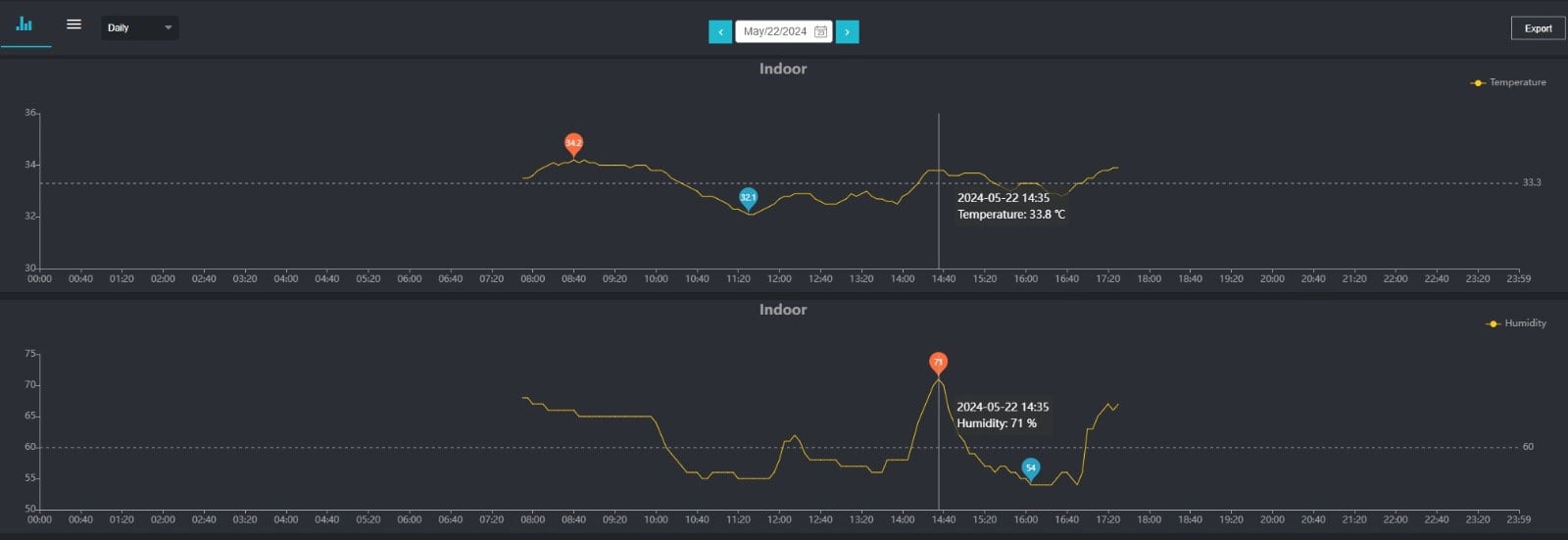
In light of these conditions, we advocate for a grassroots approach that taps into the firsthand knowledge and experiences of residents. Rather than relying solely on top-down strategies devised in air-conditioned offices, empowering local communities to address the pressing issue of extreme heat is imperative.
As Karachi grapples with the disproportionate impact of climate change on its low-income communities, urgent action is needed to address the root causes. Essential measures such as reliable electricity, equitable water supply, and improved infrastructure are crucial for enhancing resilience to extreme heat.
Engaging with residents to understand their experiences and strategies is paramount, as their localised knowledge can inform effective solutions. By prioritising investments in shady trees, cycleways, and green spaces, Karachi can mitigate the urban heat island effect and create a more livable city for all.
Moreover, adopting holistic, locally tailored building strategies offers promise in cooling the urban landscape and fostering social cohesion. With collective efforts and a commitment to equitable development, Karachi can navigate the challenges of climate change while rearing a more sustainable and inclusive future.
Muhammad Toheed is an urban planner, geographer and Associate Director at Karachi Urban Lab, IBA. He posts on X @UrbanPlannerNED
Header and banner image by Geo.tv



